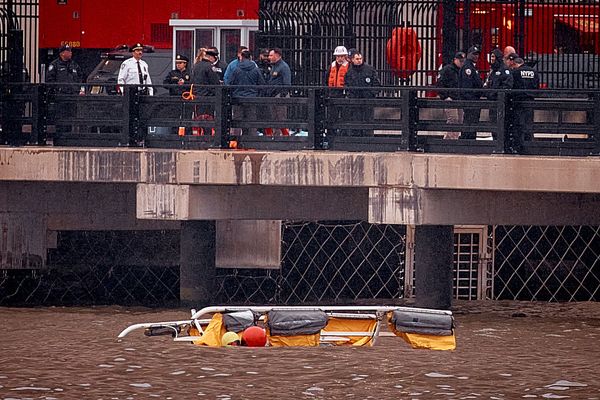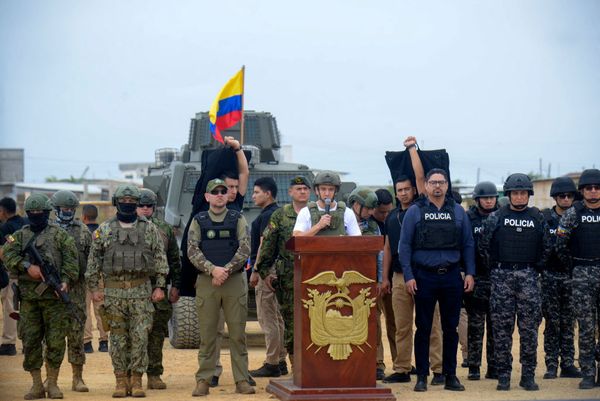
Seldom has it been more important in Formula 1 to seize the moment. While the first three grands prix of the season have been at outlier venues which have relatively little in common with most circuits on the calendar, all of them have been won from pole position.
A small sample size, granted, but a consensus is forming among the teams and drivers that ‘dirty air’ – the problem the current ground-effect rules were supposed to mitigate – is back.
Qualifying has therefore become the most important phase of the weekend, followed by the first lap. And therein lies Yuki Tsunoda’s biggest challenge.
There was much to unpick from Tsunoda’s first race weekend in the Red Bull cockpit. Being just a tenth off team-mate Max Verstappen in FP1 seemed impressive but that may have been the point: team boss Christian Horner denied Yuki was running a higher engine mode, but the data seemed to suggest otherwise.
Thereafter the gap widened, though there were extenuating circumstances such as the red flags which prevented him from setting a representative performance lap in FP2. Still, he seemed to be fighting the car less than his predecessor, Liam Lawson – but he couldn’t string a quick lap together when it really counted.

Tsunoda clearly had the pace to reach Q3, unlike Lawson or indeed late-period Sergio Perez, but he fluffed his lines in Q2 at two key moments where the RB21’s snappiness caught him out: at the Suzuka chicane, costing him speed on the front straight, and at the tightening radius of Turn 2. His first run, on used soft-compound Pirellis, hadn’t been good enough to make the cut, rendering the second run more critical.
That condemned him to a finish outside the top 10 on a race day where overtaking required you to be almost a second a lap faster than the car in front.
Tsunoda’s mandate at Red Bull isn’t to beat or even match Verstappen, but to play the team game as number two: collect points, ensure rivals score fewer, and be a lurking presence to dissuade other teams from playing tactical games. Had the circumstances of tyre performance, dirty air and traffic played out differently in Japan, McLaren could have split its strategy to attack Verstappen’s lead. In future races it might become less averse to risk.
So that means getting on top of the RB21, a car whose front and rear axles are regularly at loggerheads over who will reach the apex first. After qualifying in Suzuka, Tsunoda suggested a gust of wind might have been responsible for the snap at Turn 2 – there’s a get-out-of-jail-free card which will wear thin ere long – but admitted that he hadn’t nailed the tyre preparation as well as he could and should.
Where Verstappen has had the measure of recent team-mates is his feel for how to load up the front wheels progressively enough to avoid provoking the RB21’s tetchy rear axle. It’s not a car which rewards a gung-ho style of driving, no matter what Max’s detractors might think of him. Since the car isn’t going to change in the short term, Tsunoda needs to learn to make it work for him.
Interestingly, both Red Bull drivers evaluated higher downforce levels during FP3 at Suzuka but Verstappen gravitated away from this while Tsunoda didn’t. The obvious conclusion is that Yuki felt more confident with the car in this trim even if it didn’t yield the performance peaks Max subsequently found in his stunning pole lap.

What Tsunoda needs is more time in the car, having discovered that its more eccentric traits manifest themselves differently to how they did in Red Bull’s simulator. But that momentum will be difficult to sustain this weekend in Bahrain, where the circuit has very different characteristics from those which hosted the first three rounds.
Bahrain International Circuit dates from a period where Hermann Tilke, F1’s architect of choice in the Bernie Ecclestone era, believed the way to engineer overtaking opportunities was to provoke drivers into making mistakes by incorporating tricksy camber changes, and to have wide approaches into slow and medium-speed corners, with major traction events to follow. There are very few high-speed corners which reward peak downforce.
On paper, then, not a track on which the RB21 will flourish. Even Verstappen looked ragged in testing.
All those slow corners are a recipe for a scruffy lap in a car which snaps from understeer to oversteer. All this adds up to a greater challenge for Tsunoda because it will likely punish his lack of experience in the RB21.
What he needs right now is consistency, and he’s not likely to get it.







